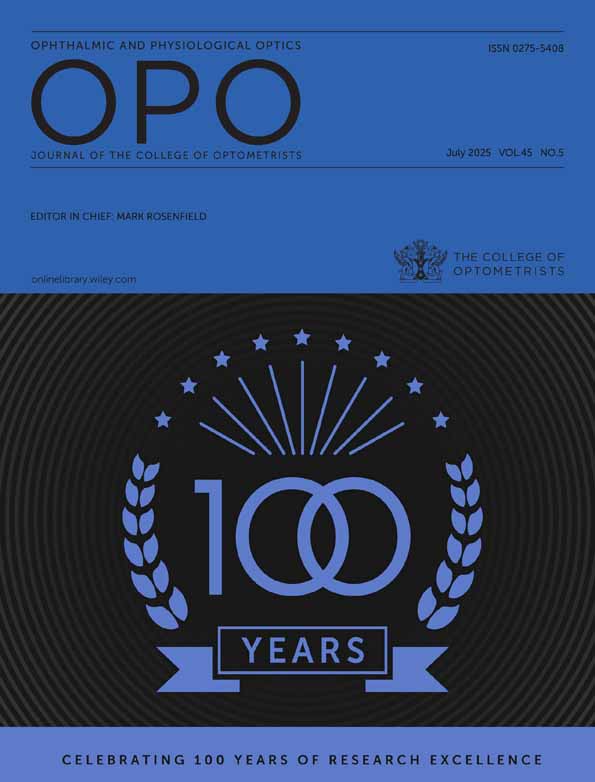FLASH AND PATTERN VEPs: EXAMPLES OF CASES OF HYSTERICAL AMBLYOPIA AND PROVOKED VISUAL IMPAIRMENT (UHTHOFF'S SIGN)
Abstract
Abstract The diagnostic application of averaged visual evoked potentials (VEPs) is illustrated in the investigation of hysterical amblyopia and multiple sclerosis. Averaged VEPs elicited either by a flash of light or a presentation of a grating lasting 100 ms were recorded from the occiput of patients. All the VEPs in hysterical amblyopia were normal. In multiple sclerosis the flash VEPs looked normal for both eyes, whereas the VEPs elicited by grating (2 and 5 c/deg) showed an increase in the latency of the first positive wave, again for both eyes. After physical exercise the VEPs from the right eye were dramatically reduced in amplitude (Uhthoff s sign).




